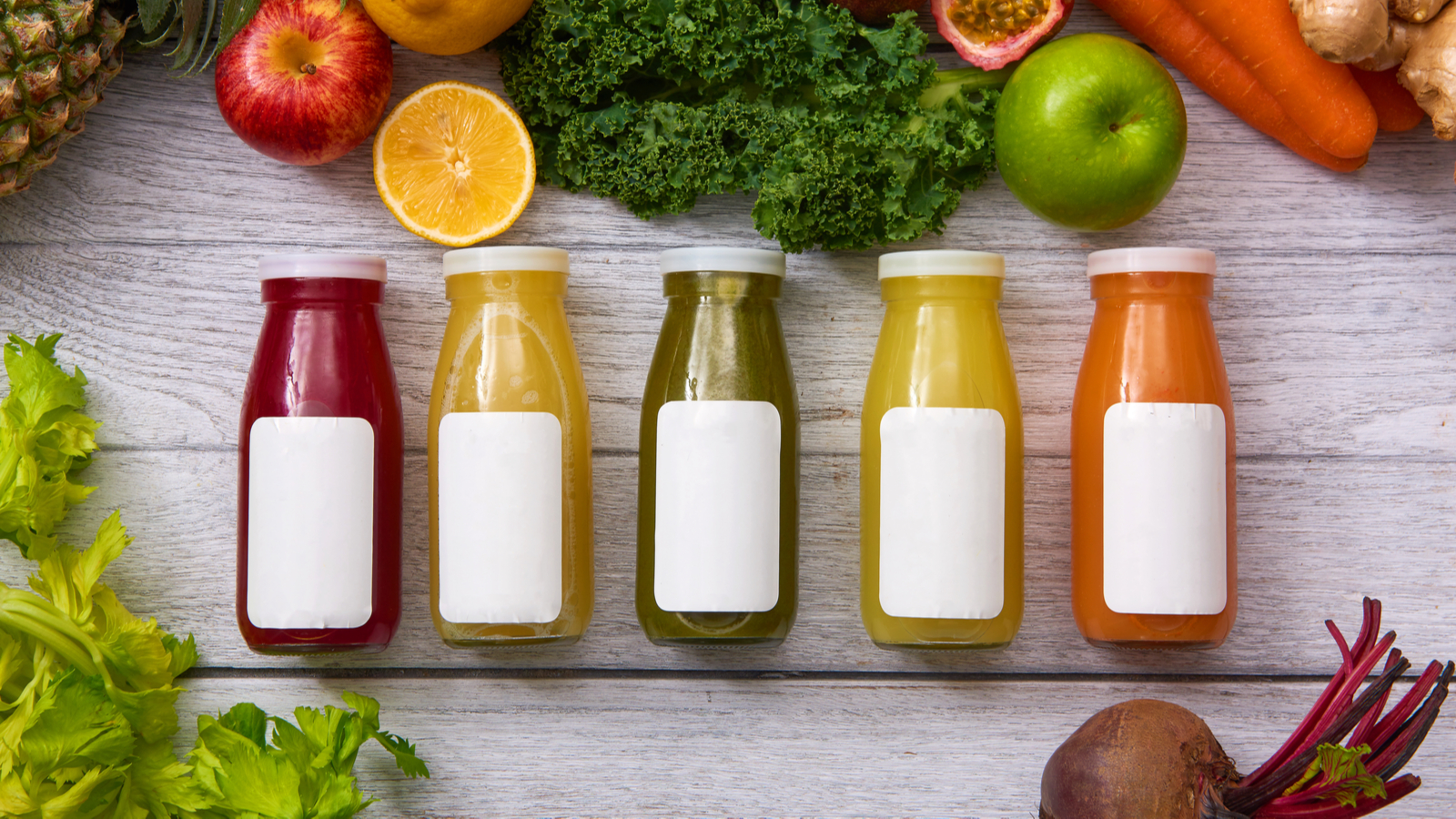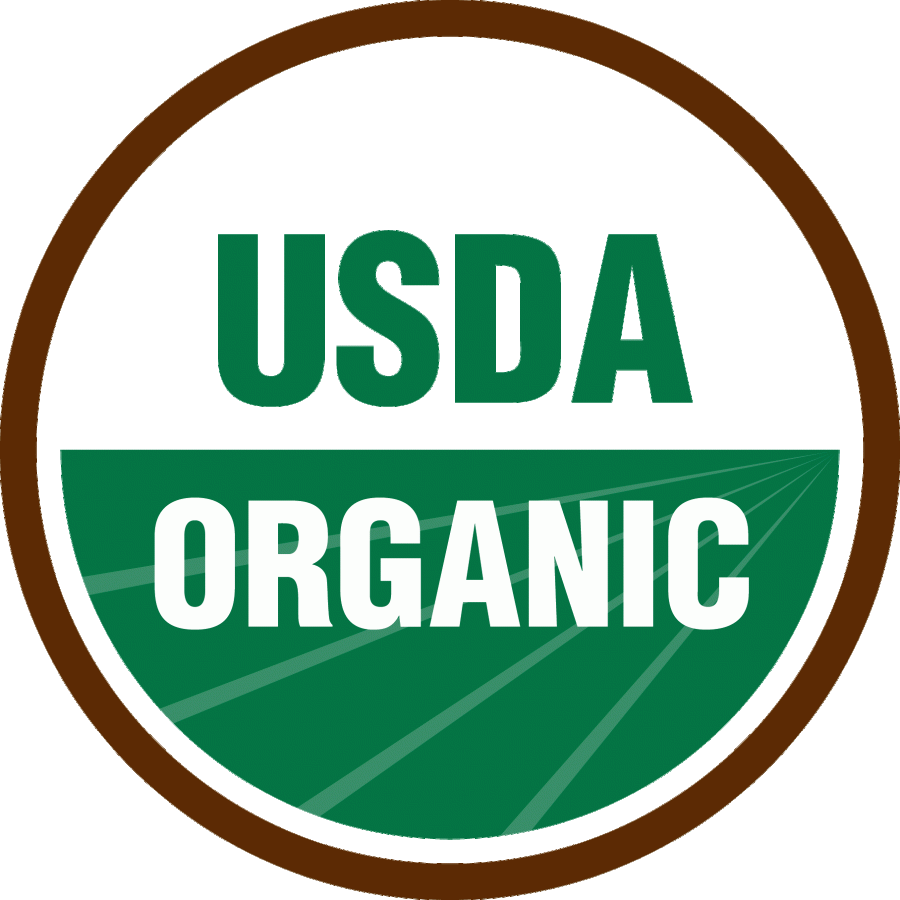

USDA Organic- Processed foods

Synthetic and nonsynthetic substances considered for inclusion on or deletion from the National List of allowed and prohibited substances will be evaluated using the criteria specified in the Act (7 U.S.C. 6517 and 6518). In addition to the criteria set forth in the Act, any synthetic substance used as a processing aid or adjuvant will be evaluated against the following criteria: the substance cannot be produced from a natural source and there are no organic substitutes; the substance's manufacture, use, and disposal do not have adverse effects on the environment and are done in a manner compatible with organic handling; the nutritional quality of the food is maintained when the substance is used, and the substance, itself, or its breakdown products do not have an adverse effect on human health as defined by applicable Federal regulations; the substance's primary use is not as a preservative or to recreate or improve flavors, colors, textures, or nutritive value lost during processing, except where the replacement of nutrients is required by law; the substance is listed as generally recognized as safe (GRAS) by Food and Drug Administration (FDA) when used in accordance with FDA's good manufacturing practices (GMP) and contains no residues of heavy metals or other contaminants in excess of tolerances set by FDA; and the substance is essential for the handling of organically produced agricultural products. Nonsynthetics used in organic processing will be evaluated using the criteria specified in the Act (7 U.S.C. 6517 and 6518).
Purpose
Provide guidance on food, agriculture, natural resources, rural development, nutrition, and other issues based on public policy, science, and management
Applied Standards
Organic products must meet the following requirements: Produced without excluded methods, (e.g., genetic engineering, ionizing radiation, or sewage sludge). Policy on genetically modified organisms (pdf) Produced using allowed substances. View the National List of Allowed and Prohibited Substances (National List). Overseen by a USDA National Organic Program-authorized certifying agent, following all USDA organic regulations.
Allowable nonagricultural nonorganic substances
Acids (Alginic; Citric—produced by microbial fermentation of carbohydrate substances; and Lactic), agar-agar, animal enzymes (Rennet—animals derived; Catalase—bovine liver; Animal lipase; Pancreatin; Pepsin; and Trypsin), attapulgite (as a processing aid in the handling of plant and animal oils), bentonite, calcium carbonate, calcium chloride, mined calcium sulfate, carrageenan, dairy cultures, diatomaceous earth (for filtering aid only), enzymes (must be derived from edible, nontoxic plants, nonpathogenic fungi, or nonpathogenic bacteria), flavors (nonsynthetic sources only and must not be produced using synthetic solvents and carrier systems or any artificial preservative), gellan gum (high-acyl form only), Glucono delta-lactone, kaoline, L-Malic acid, magnesium sulfate (nonsynthetic sources only), microorganisms (any food grade bacteria, fungi, and other microorganism), nitrogen (oil-free grades), oxygen (oil-free grades) perlite (for use as a filtering aid in food processing), potassium chloride, potassium iodide, sodium bicarbonate, sodium carbonate, tartaric acid (made from grape wine), nonsynthetic waxes (made from Carnauba wax; and Wood resin), yeast, acidified sodium chlorite, activated charcoal, alginates, ammonium bicarbonate, ammonium carbonate, ascorbic acid, calcium citrate, calcium hydroxide, calcium phosphates, carbon dioxide, cellulose, chlorine materials, ethylene, ferrous sulfate, glycerides, glycerine, hydrogen peroxide, magnesium chloride, magnesium stearate, nutrient vitamins and minerals, ozone, Peracetic acid/Peroxyacetic acid, phosphoric acid, potassium acid tartrate, potassium carbonate, potassium citrate, potassium hydroxide, potassium phosphate, silicone dioxide, sodium acid pyrophosphate, sodium citrate, sodium hydroxide, sodium phosphates, sulfur dioxide, tocopherols, xanthan gum
Nonorganic agriculture allowed in processed foods
Casings from produced intestines, celery powder, color derived from agriculture products, beet juice extract color, black currant juice color, black/purple carrot juice color, blueberry juice color, carrot juice color, cherry juice color, chokebery (aronia juice color), elderberry juice color, grape juice color, grape skin extract, paprika color, pumpkin juice color, purple potato juice, red cabbage extract color, red radish extract color, saffron extract color, tumeric extract color, fish oil stabilized with organic ingredients or only with ingredients on the National List, Fructooligosaccharides, gelatin, water extracted gyms, oligofructose enriched inulin, kelp, konjac flour, de-oiled lecithin, dried orange pulp, unbleached orange shellac, pectin, pacific kombu seaweed, starches, cornstarch, sweet potatoe starch, tragacanth gum, Turkish bay leaves, Wakame seaweed, whey protein concentrate
Qualifications/Disclosures
The products must be produced using allowed substances, without excluded methods, and be overseen by a certifying agent following all USDA organic regulations. Products labeled as "100% Organic" must contain 100% organic ingredients, including salt and water (which are considered all-natural). This also includes most raw, unprocessed farm products and value added farm products with no added ingredients (grain flours, rolled oats). "Organic" can be used to label any product that contains at least 95% organic ingredients (excluding salt and water). Up to 5% may be nonorganic agricultural products that are not commercially available as organic/nonagricultural products that are on the National List. Products labeled as "Made with Organic____" can be used to label products that are 70% organically produced ingredients. The nonorganic portion of these products must comply with numerous detailed constraints. Products with less than 70% of organic contents may include a specific list of organic ingredients in the ingredients statement. Producers who market less than $5,000 worth of organic products annually are not required to apply for organic certification but must adhere to the organic production and handling requirements. These producers also must keep records for at least 3 years. These products cannot display the USDA certified organic seal and cannot be used as organic ingredients in processed products produced by another operation.
Principal display panel
For "100% Organic" products principal display panel may include the USDA seal and/or the 100% organic claim. For "Organic Products" the panel may include the USDA deal and/or an organic claim. For "Made With Organic ____" products the panel may state "Made with Organic _____" with a maximum of 3 ingredients or ingredient categories. These products may not contain the USDA organic seal, claim the product as organic, or state "made with organic ingredients." For products with a specific organic ingredients listing, the principal display panel may not include the USDA seal or a "organic" claim.
Information panel
"100% Organic", "Organic", and "Made with Organic ____" products must identify organic ingredients with an asterisk/other mark. Specific ingredient listings may only label certified organic ingredients as "organic". Other ingredients do not have to follow USDA organic regulations
